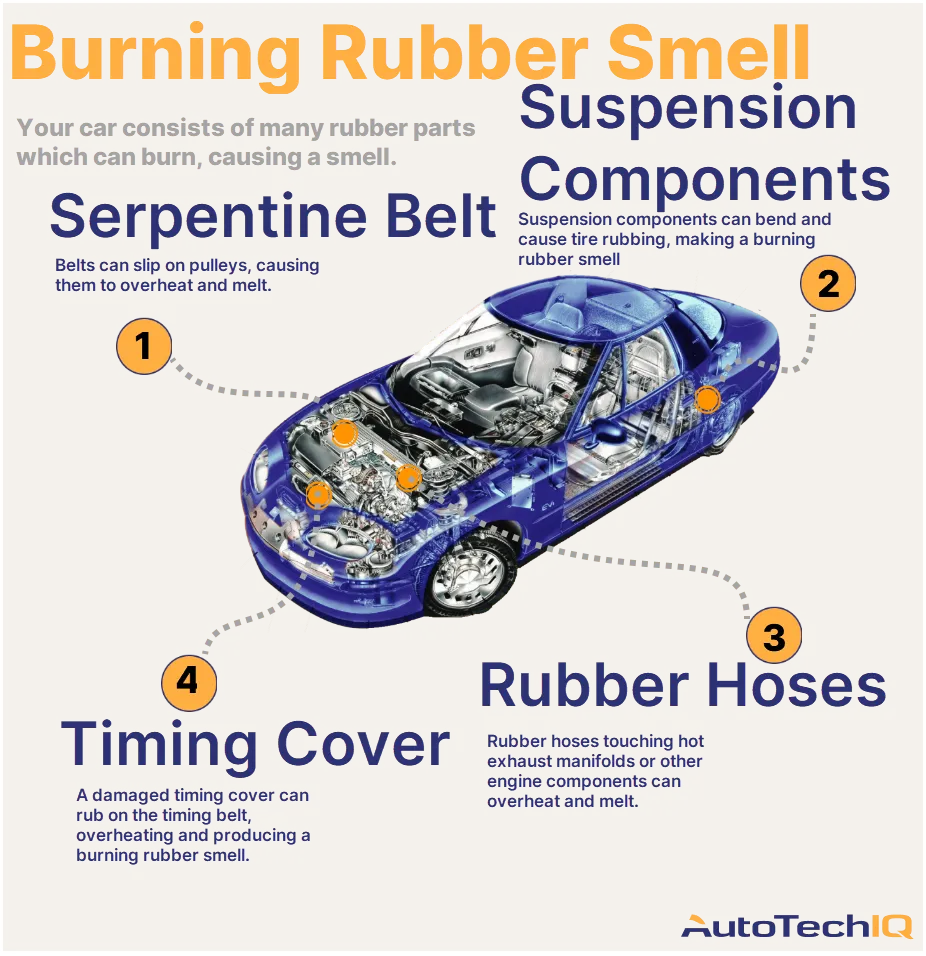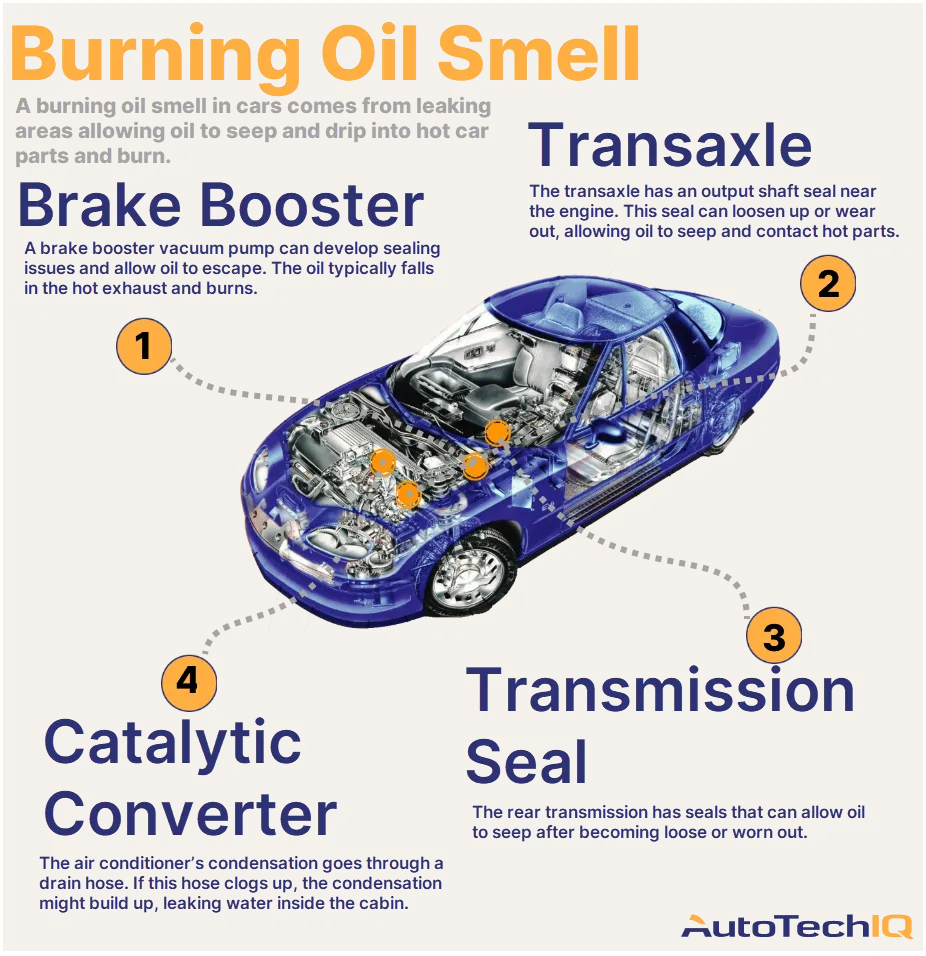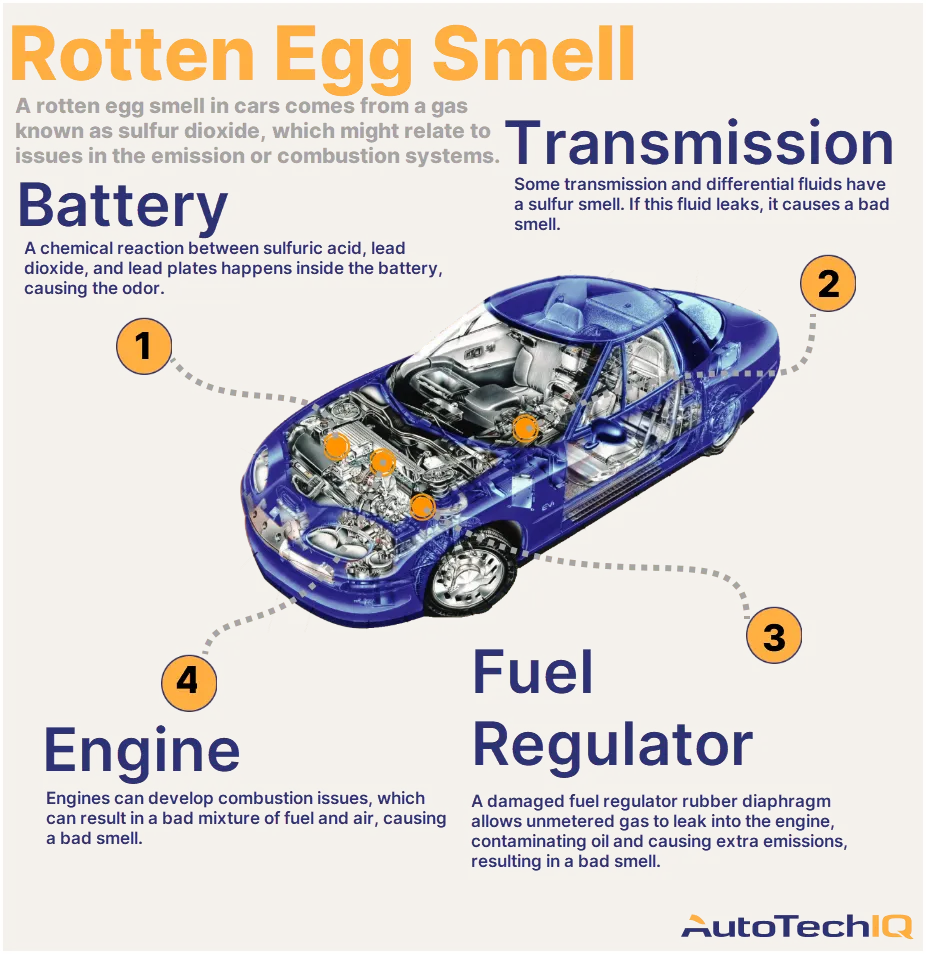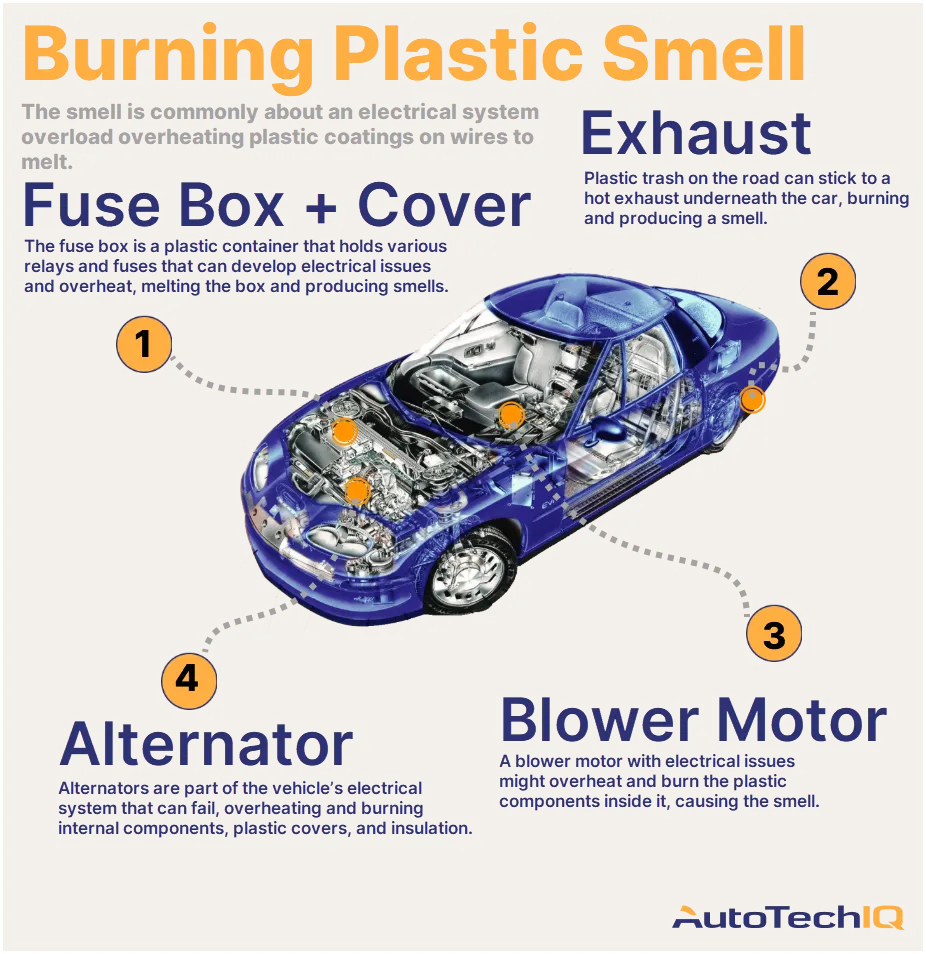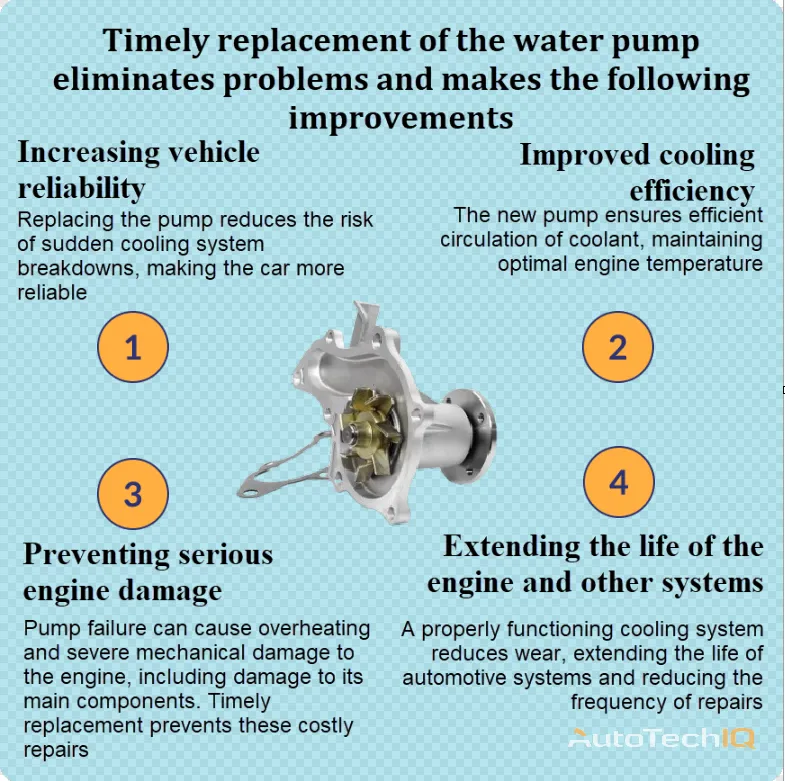
Timely replacement of the water pump solves a number of important problems and prevents potential vehicle malfunctions that can lead to serious and expensive repairs. Here are the main problems that timely replacement of the water pump solves:
- Avoids Drive Belt Damage: The water pump is often driven by a belt, which also turns other components such as the alternator and air conditioner. A faulty pump can cause excessive friction or seizing, which can cause belt damage or breakage, causing the engine to stall and requiring costly repairs.
- Preventing Coolant Leaks: Over time, water pumps wear out, leading to coolant leaks. These leaks reduce coolant levels, and cause corrosion and other damage to the cooling system.
- Reduce the risk of unexpected breakdowns and improve vehicle reliability: Replacing your water pump as part of your regular maintenance helps avoid unexpected and unwanted breakdowns on the road, improving overall vehicle reliability.
- Preventing Engine Overheating: The water pump circulates coolant through the engine cooling system. If the pump fails, fluid circulation stops, which can lead to overheating of the engine and, as a result, serious damage to it.
- Reduced Engine Efficiency: An optimally operating water pump provides efficient engine cooling, resulting in more stable and economical operation.
Therefore, replacing your water pump promptly is an important part of keeping your vehicle in good working order and can prevent many problems related to engine cooling and performance.


